Tents have been a staple of human civilization for centuries, providing shelter, protection, and a sense of home in the great outdoors. Among the diverse array of tent designs, one that stands out due to its unique name is the "Bell tent." In this blog post, we'll explore the origins and history of this peculiar tent, understanding why it bears the name "bell."
The Crimean Connection
One of the earliest known references to the Bell Tent's name can be traced back to the Crimean War in 1855. British cavalry units utilised a peculiar single-pole conical tent that soon became known as the "Bell Tent." The reason behind this name is quite apparent when you see the tent in its fully pitched form. Resembling an inverted bell, it features a conical shape with a central support pole extending upwards like a steeple, giving it a unique and distinct look. The name "Bell tent" perfectly captures the essence of this design.
Bell Tents in the USA
In a similar timeframe, Colonel Henry Hopkins Sibley of the US Army came up with a tent design and, in a nod to himself, named it the Sibley tent. His tenure on the Texas Frontier during the 1850s introduced him to the indigenous tipi structures, leading him to design a tent that included a solitary central pole and a specially vented top for the smoke from stoves to exit safely.
The US Army, recognizing its potential, struck a deal to license Sibley's design, agreeing to pay him $5 for each tent produced. By the culmination of the American Civil War, the army had commissioned a staggering 44,000 of these tents. But, in an ironic twist, Sibley chose to join the Confederacy, a move that led to him being branded a traitor and subsequently stripped of any royalty claims!
Subsequently, Bell Tents gained immense traction. They found favor not only within military circles but also with various civilian entities. Their prominence was evident during both World Wars, and even Scout troops across the globe took to them.
As years passed and technology advanced, the Bell Tent saw numerous adaptations. The invention of innovative synthetic materials played a role in enhancing the tent's features. This evolution introduced aspects like meshed windows and an a-frame positioned at the entrance. Furthermore, PVC groundsheets, a feature that became synonymous with modern canvas bell tents, weren’t even a consideration until deep into the 20th Century!
The 9th Century Ancestry
Where the original roots of the bell tent came from however is up for debate. Some historians believe that the Bell tent's design can be dated as far back as the 9th century in Europe. These early versions may be the original inspiration for the tents used by British cavalry during the Crimean War and Colonel Sibley. However, historical records from this time are scarce, and the exact origins remain a subject of debate.
The Distinctive Features
The Bell tent's unique design is not only about its name but also about its functional features. Its conical shape allows for efficient use of space, making it roomy and spacious inside. This design makes it popular among campers and glampers alike, as it provides a comfortable and aesthetically pleasing shelter. The single central pole that supports the tent is easy to set up, making it a practical choice for outdoor enthusiasts.
Modern-Day Popularity
Today, the Bell tent has found a place in modern camping and outdoor adventures. Its timeless design and versatility continue to attract campers who appreciate the combination of tradition and functionality. The Bell tent's appeal lies not only in its historical roots but also in its ability to provide a cosy and unique camping experience.
The Bell tent's name is rooted in its distinctive shape, reminiscent of a bell. This unique design has stood the test of time, remaining a favourite among campers and outdoor enthusiasts worldwide. The Bell tent, with its blend of history and functionality, continues to be a testament to the enduring appeal of traditional outdoor living. Whether you're a history buff or a modern camper, the Bell tent's legacy is a fascinating one to explore.


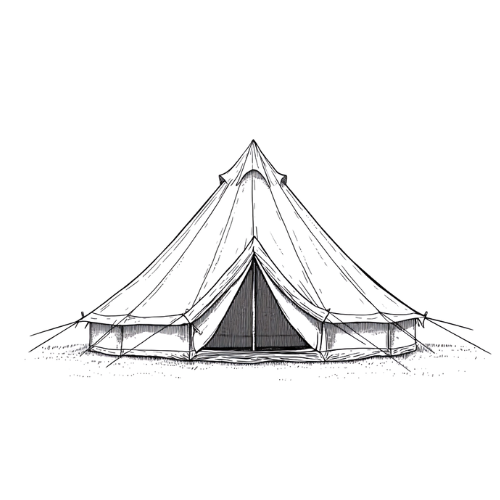 Canvas Bell Tents
Canvas Bell Tents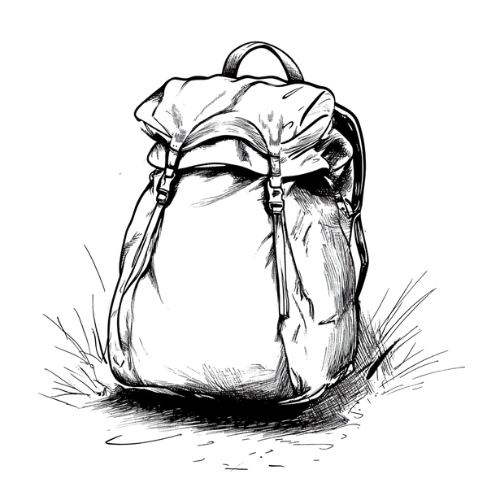 Bell Tent Accessories
Bell Tent Accessories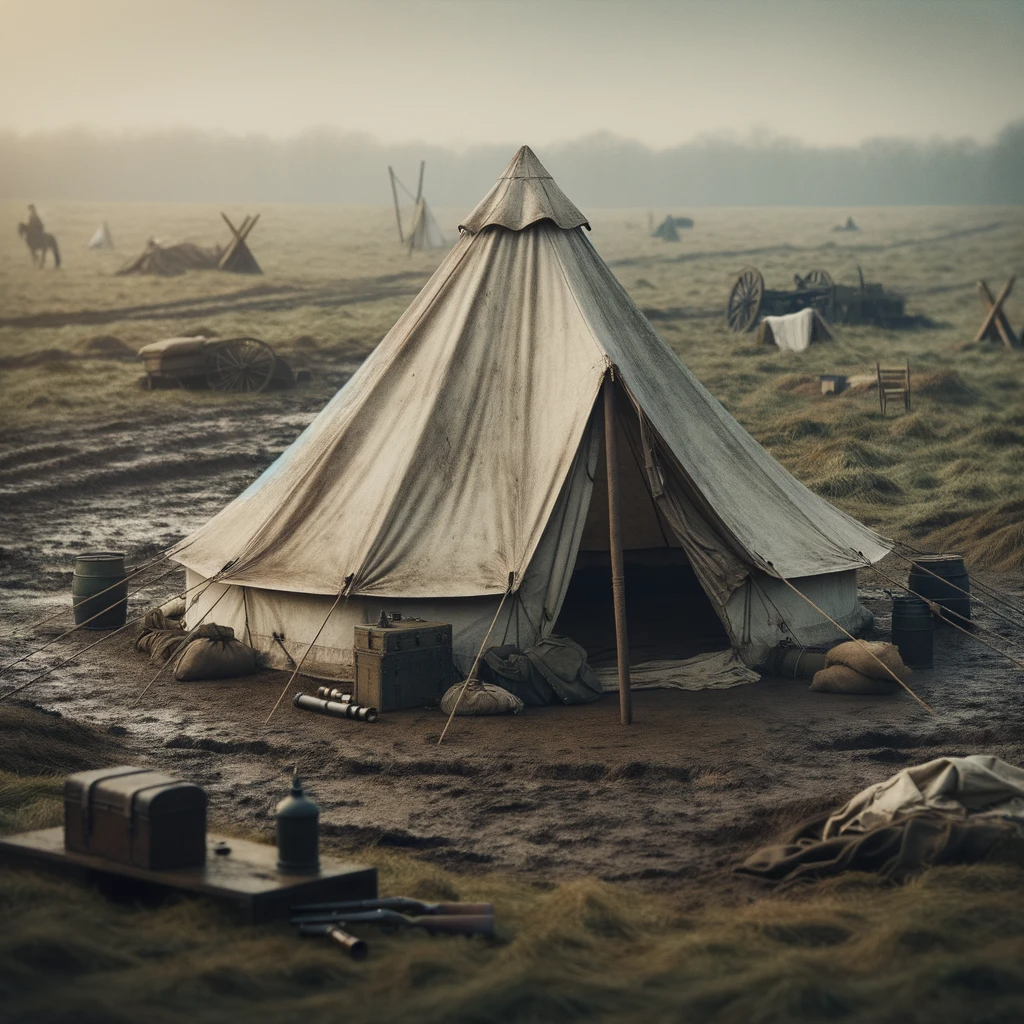
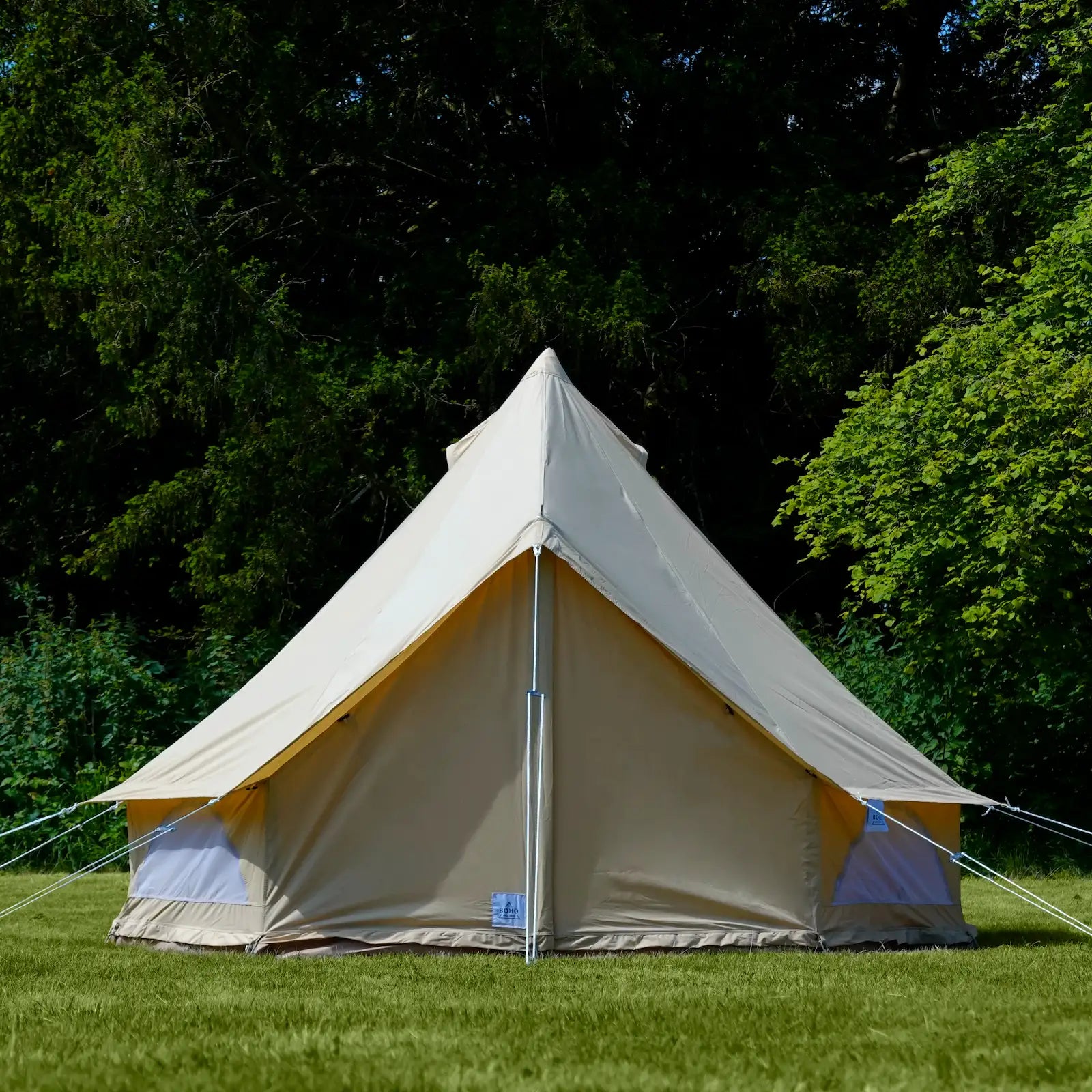

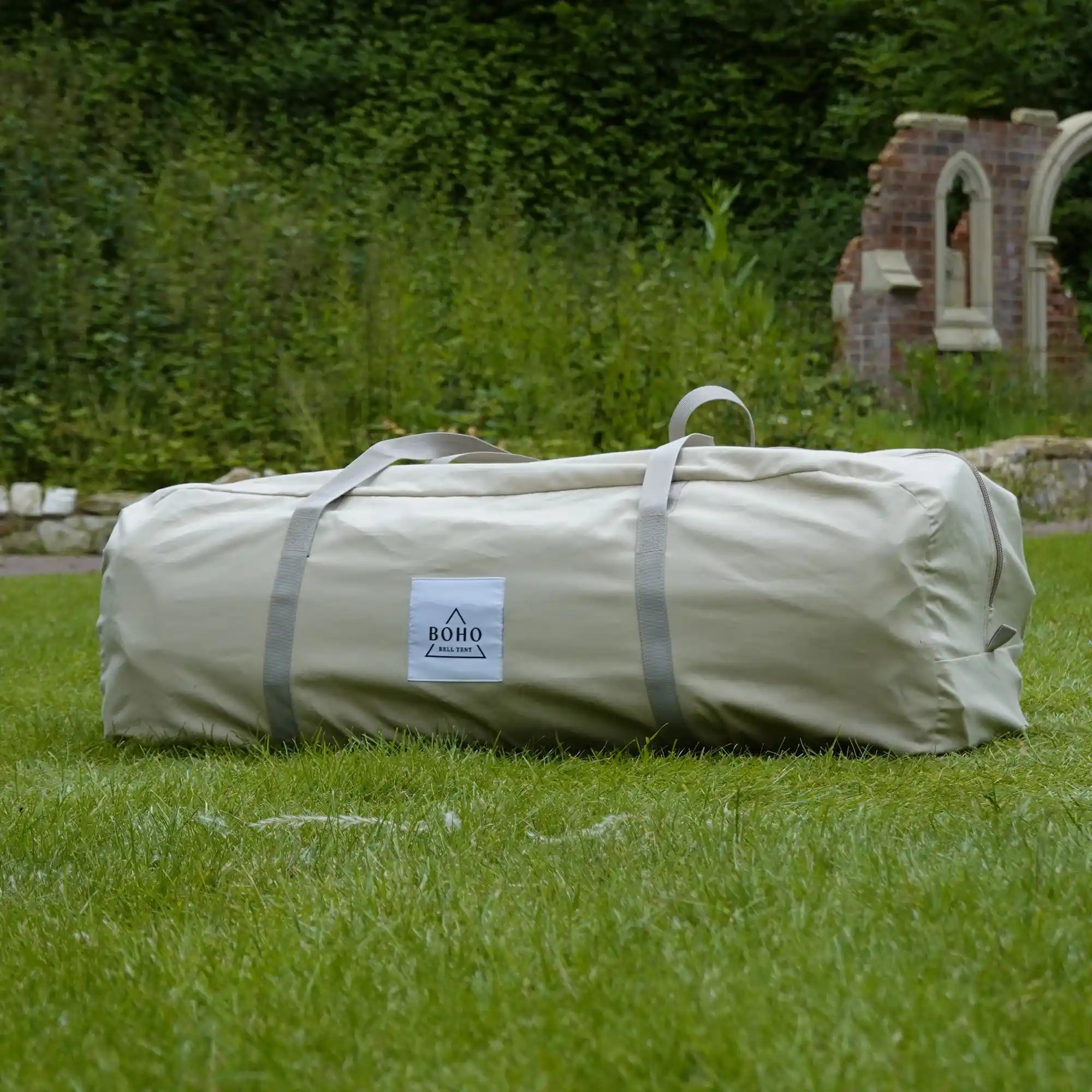
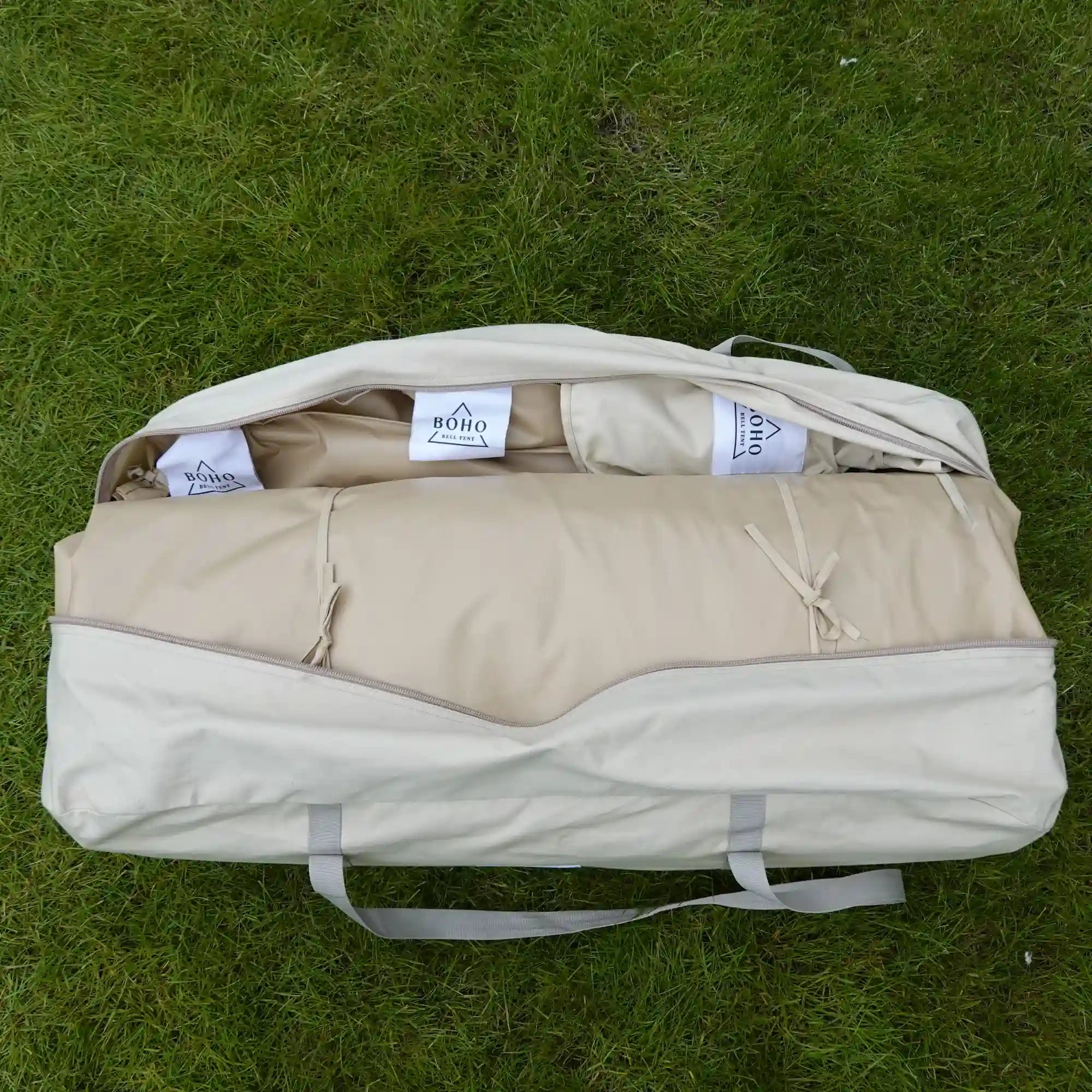
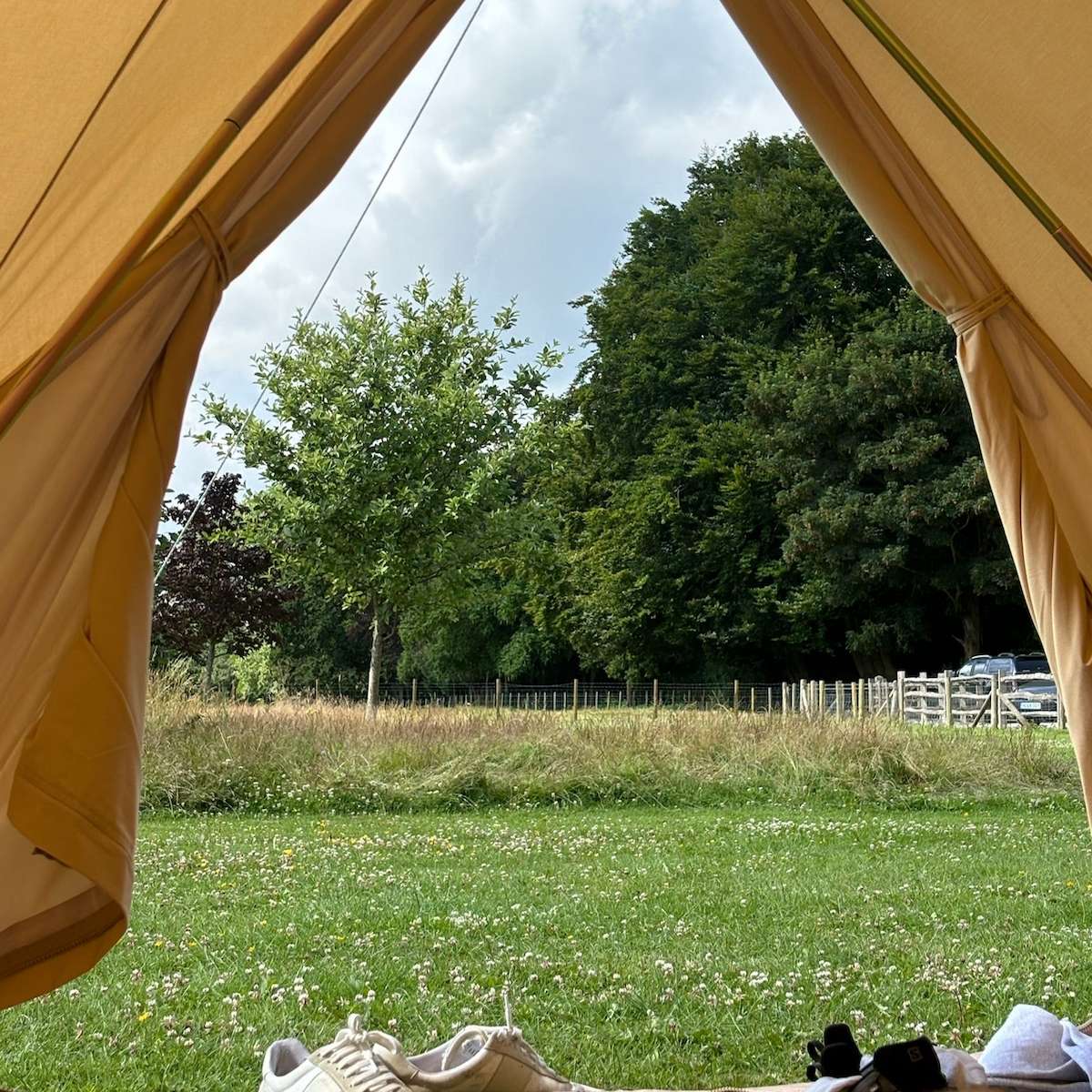
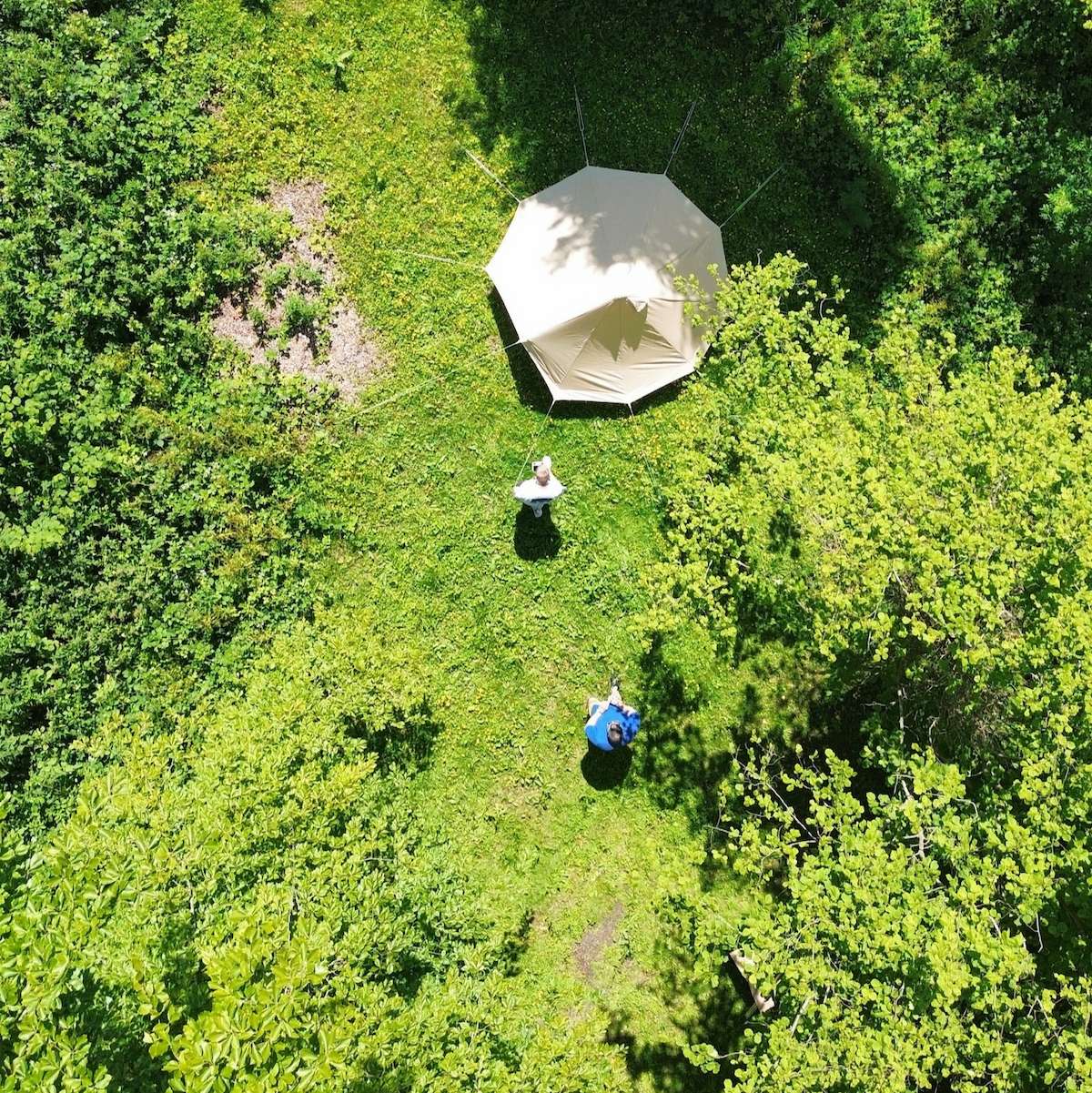


At Boho Bell Tent, we’ve helped hundreds of customers find the perfect setup for festivals, weddings, and off-grid escapes. So if you need any help at all, be sure to reach out!
Share:
Are Bell Tents Warmer Than Normal Tents?
3 Things To Know Before Buying A Bell Tent For Your Event